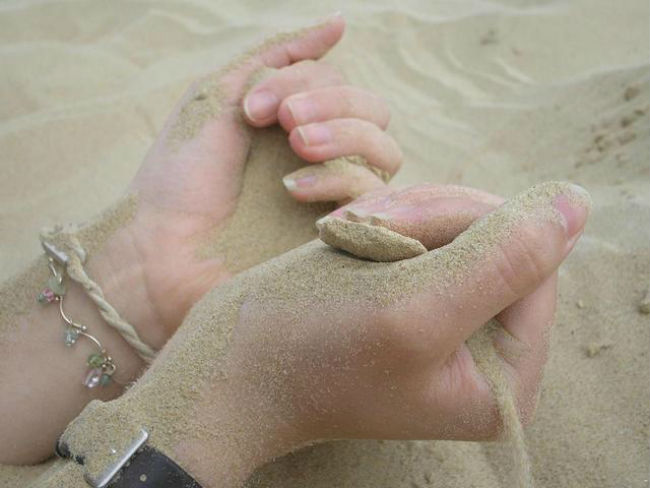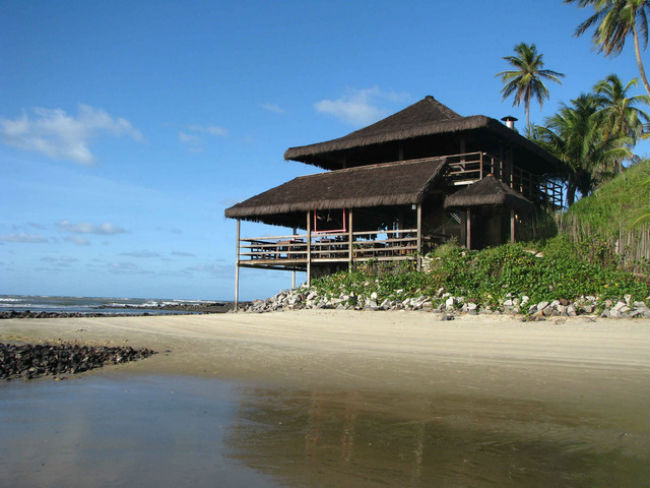Better prevent than cure… This well known saying is a current affair for the most homeowners to protect their houses from ground termite’s damage. The detriment from the foundation up to the roof can be very serious for household in the whole. Termite damage repair is likely to be very expensive. In most cases, it is better to construct a new building than to renovate. In the USA, there is a physical termite barrier treatment, which is less popular among the others due to its limited accessibility and high cost. This method is connected with the application of sand. This natural substance keeps subterranean termites from entering the building through its foundation. Termite sand barrier is a non-chemical, non-toxic and “green” termite protection method.

How does a termite sand barrier work?
Most subterranean types use moist soil for construction of mud-tubes to reach the wood sources above ground. They tend to keep away from sandy areas. In fact, the tiny underground termites are just unable to tunnel through the sand, as greater sand particles don’t allow the insects to move, smaller ones fill in the tunnels.
Though, there are some subterranean wood pest species, which can use sand for burrowing and moving through rather than other soil types. It isn’t recommended to install a termite sand barrier around the home in those regions, where such ground termites live and forage. Use other methods to block them from entering your house.
Creating an earth-covered sandy extra-layer along the foundation helps to keep the termite worker’s caste from getting into the building.
Drawbacks of sand barriers for subterranean termites
- This method is not 100 percent productive at blocking soil termites from entering your home.
- Termite sand barrier should be made during pre-construction to protect a new building from Formosans and other subterraneans in advance. Post-construction sand barrier is less effective and requires combination with supplementary treatment. In this case, chemical and non-chemical termicide barriers are applied for wood pest prevention and eradication.
- Termite sand barriers are limited in installing due to climate and weather conditions and types of construction.
- Sand particles are of different size and some of them don’t fill in a termites’ burrow.
- Sand should be dry and loose. After long periods of rainfalls, your termite sand barrier doesn’t work and the risk of infestation is great.

How to install a termite sand barrier diy?
To make a ballastic termite barrier is a labour- and time-taking process, if you decide to do it yourself. Follow our instruction and wait for the result of protection afterwards:
Buy in advance and use only sand with uniform 16-grit-sized particles.
Extend at least 20 inches from the foundation and dig out a trench 4 inches or more deep and 20 inches or more wide alongside the foundation around the house.
Fill this trench with sand. If you need to create supplementary barriers with termicide, prepare chemical and non-chemical solutions and spray or shower them on the sand layer.
Wait for the solution to drench and the sand to dry.
Cover the sand layer with the soil.
The sand barrier for subterranean termites is ready!
You can also call a professional pest control service and they will help you to evaluate the efficacy of sand barriers in your yard and install them, avoiding an unintentional damage to foundations.
Leave a Reply